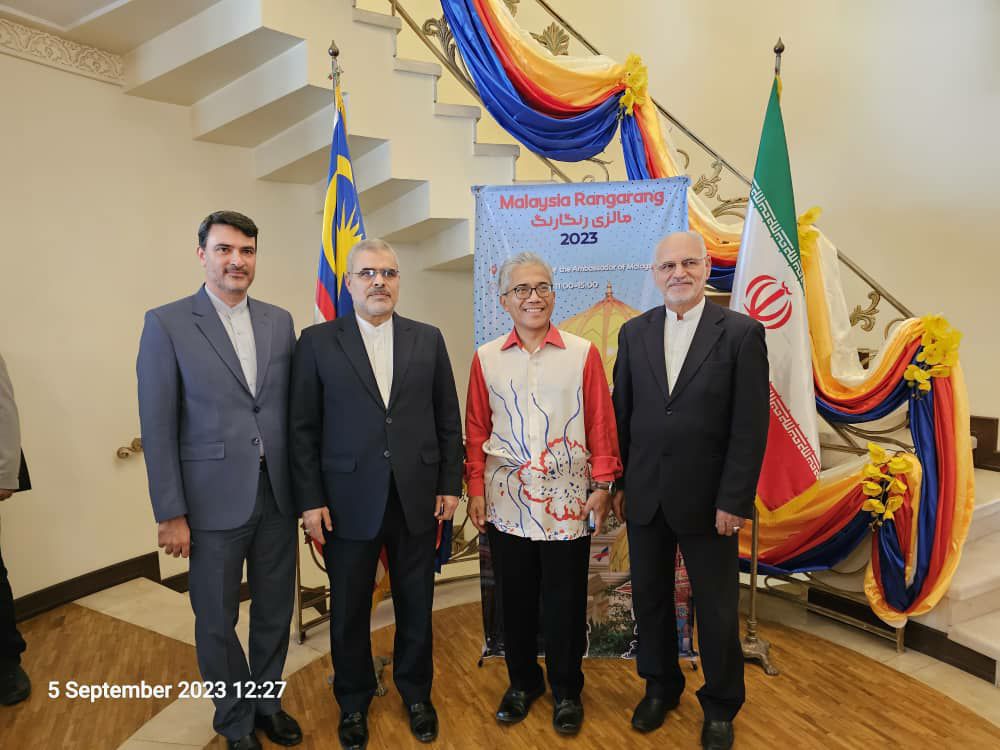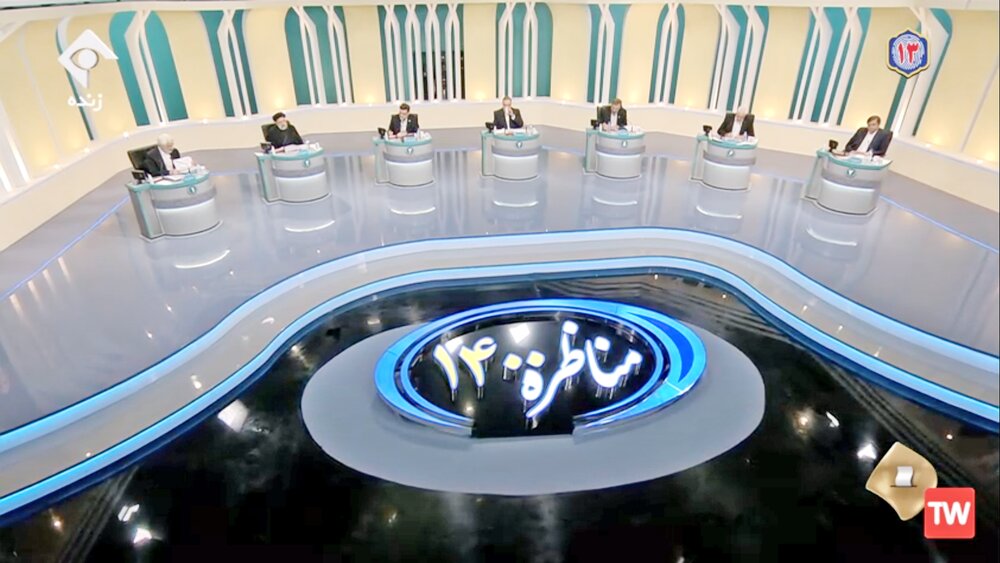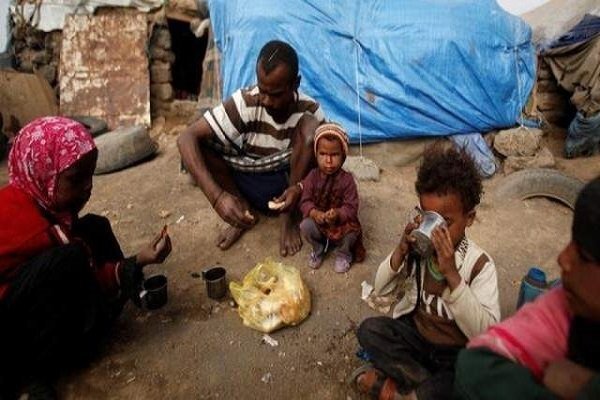Afghanistan, Turkey Emerge as Iran’s Carpet Industry Rivals
TEHRAN (Iran News) Speaking at the National Handwoven Carpet Day conference, Mahmoud Najafi Arab said, “Over the past few decades, Iran’s economy has suffered under the pressure of sanctions, severely impacting the export of Iranian carpets.”
He continued, “Afghanistan, China, and Turkey have turned into competitors. Unfortunately, the global community has remained silent on the export sanctions against Iranian carpets, using various justifications.”
Najafi Arab highlighted the historical and cultural significance of Iranian carpet weaving, stressing that while many traditional Iranian crafts have faded due to the loss of master artisans, carpet weaving has remained resilient — a testament to its integral role in Iran’s cultural identity.
Quoting the late Iranian economist Mir Mostafa Ali-Nasab, Najafi Arab noted, “Iranian carpet weavers often work in dark, cramped basements under difficult conditions, but their dedication has brought livelihood and vibrancy to their lives.”
He emphasized that Iranian art is deeply tied to its artists, yet the carpet industry has not been allowed to mature into a robust industry. “The economic sector still fails to recognize weavers as artists — they are seen merely as laborers. This stands in contrast to countries like Japan and China, where artists are held in the highest esteem, and cultural industries have distinct and valued positions.”
Citing a scene from Ali Hatami’s film Kamal-ol-Molk, Najafi Arab said carpets are portrayed as symbolic of Iranian culture and art. “In Iran, carpets must be regarded with the respect they deserve — both as a cultural emblem and as a livelihood for their creators. Carpet exports are not just economic transactions; they represent the transmission of Iranian culture to the world.”
He called for a revival of carpet exports, noting that countries like the U.S., Japan, and the Czech Republic successfully export cultural products that convey their values to the world. “Iran’s economy has been hurt not only by sanctions but also by rising competition.”
Najafi Arab concluded by saying the National Carpet Day event is a collaborative effort between the government and economic stakeholders, aiming to showcase Iran’s rich cultural heritage to the world. “The Iranian carpet symbolizes peace, prosperity, and cultural unity. It represents Iran’s historical role in bringing together diverse peoples and religions.”
He expressed hope that Iranian carpets would soon be globally recognized, not only for their beauty but also as an enduring cultural and economic emblem — preserving their authenticity without distortion.
In the same event, Zahra Kamani, head of Iran’s National Carpet Center, said a special ceremony was held at the Iran Carpet Museum to celebrate National Handwoven Carpet Day. “This day honors a rich cultural heritage, highlighting the creativity, patience, and skill of artisans across the country,” she said.
Kamani stressed that the carpet industry is not only vital for job creation and economic development but also holds enormous potential for boosting Iran’s non-oil exports.”Afghanistan”
She noted that Iran’s Supreme Leader has repeatedly emphasized supporting domestic producers, calling traditional industries like carpet weaving a guiding light for the country’s economic development.”Afghanistan”
Kamani also spoke about the efforts of the National Carpet Center to reactivate the High Council for Strategic Carpet Planning — including representatives from both the public and private sectors — aimed at sustainable development and increasing exports.
“Preserving and passing on the cultural and artistic legacy of Iranian carpet weaving to future generations is a crucial responsibility,” she said.
Kamani praised the diversity of designs, colors, and motifs in Iranian carpets, which reflect the country’s rich artistic traditions. “Each carpet tells a story — a window into the lives of the Iranian people.”
She noted that June 10th has been designated as National Iranian Carpet Day to recognize the efforts of artisans and inspire younger generations to engage with this traditional art.
- source : IRAN NEWS ECONOMIC DESK






























